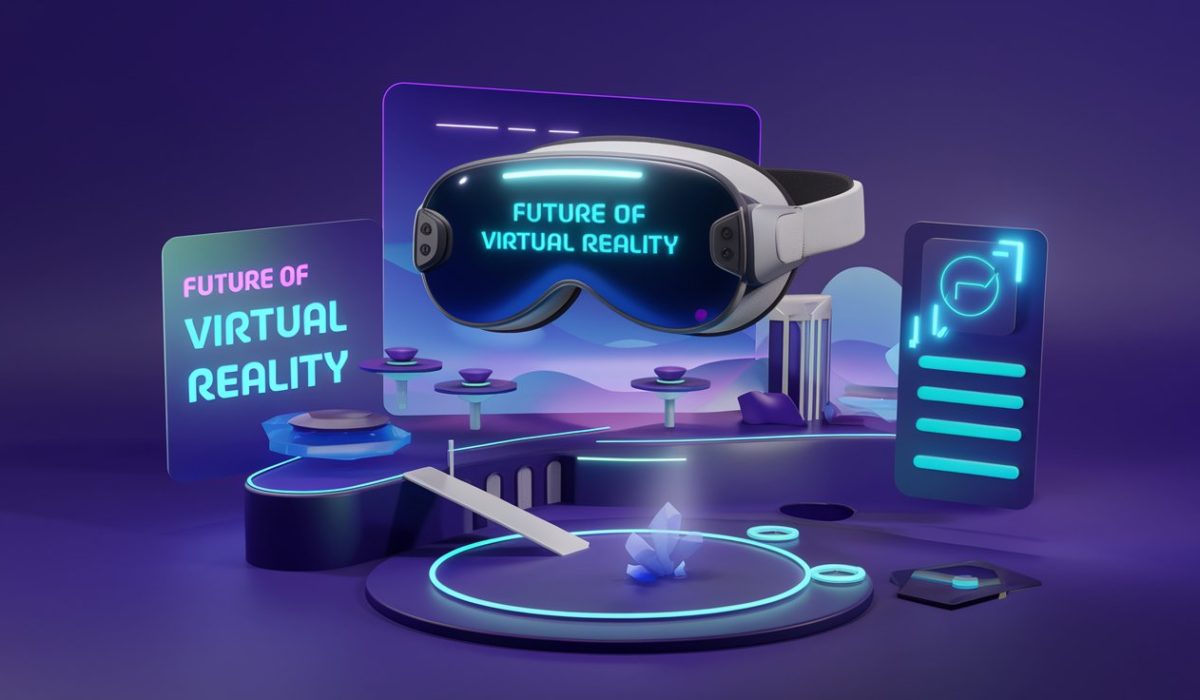The Future of Virtual Reality: Exploring New Horizons
Virtual Reality (VR) has come a long way since its inception, evolving from niche technology into a powerful tool with applications across various fields. As we look ahead, the future of VR appears promising, with advancements that will shape how we interact with digital environments and each other. In this post, we’ll explore the trends and potential developments that are set to redefine the VR landscape.
1. Enhanced Immersive Experiences
One of the most exciting aspects of the future of VR is the enhancement of immersive experiences. With advancements in hardware, such as improved headsets and haptic feedback devices, users will be able to engage with virtual environments in more realistic and tactile ways. This increased immersion will enhance applications in gaming, education, and training, making experiences more engaging and impactful.
2. Integration with Augmented Reality (AR)
The convergence of Virtual Reality (VR) and Augmented Reality (AR) is on the horizon. This combination, often referred to as mixed reality (MR), will allow users to experience both digital and physical worlds simultaneously. For example, users could interact with virtual objects overlaid on their real-world environment, creating innovative applications in areas like remote collaboration, gaming, and design.
3. Growth in Remote Collaboration
As remote work becomes increasingly common, VR will play a vital role in facilitating collaboration. Virtual meeting spaces will allow teams to connect and interact as if they were in the same room. This shift can enhance teamwork and communication, making remote work more productive and engaging. Expect to see businesses adopting VR solutions for meetings, brainstorming sessions, and training exercises.
4. Expansion in Education and Training
The education sector is set to benefit significantly from VR technology. Virtual classrooms and training simulations can provide immersive learning experiences that enhance knowledge retention and engagement. Students can explore historical sites, conduct science experiments, or practice skills in a risk-free environment. As a result, educators will increasingly adopt VR tools to complement traditional teaching methods.
5. Advances in Content Creation
The demand for high-quality VR content is growing, leading to advancements in content creation tools. Developers will have access to more sophisticated software and resources, enabling them to create diverse and engaging VR experiences. This expansion will lead to a wider variety of applications, from entertainment and gaming to therapy and art.
6. Focus on Health and Wellbeing
Virtual Reality is increasingly being recognized for its potential benefits in health and wellbeing. From therapy for anxiety and phobias to rehabilitation for physical injuries, VR is becoming a valuable tool in the medical field. As research continues to validate these applications, we can expect to see more healthcare providers integrating VR into their treatment plans.
Conclusion
The future of Virtual Reality is bright, with endless possibilities across various industries. As technology advances and the integration of AR becomes more prevalent, VR will continue to shape how we interact with the digital world. From immersive experiences and enhanced collaboration to its applications in education and healthcare, the potential is vast. Embracing these trends will allow businesses, educators, and creators to unlock new opportunities and deliver innovative solutions in a rapidly evolving landscape.
